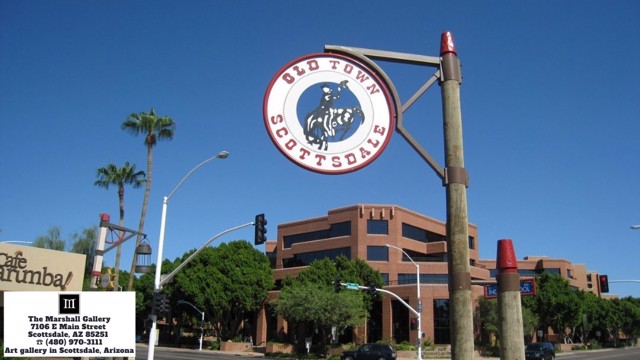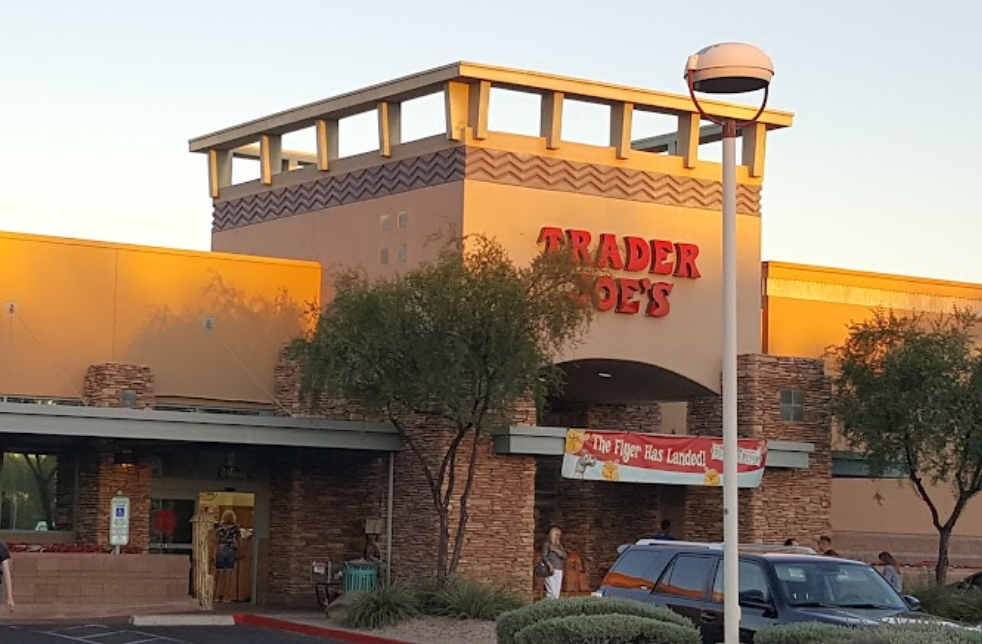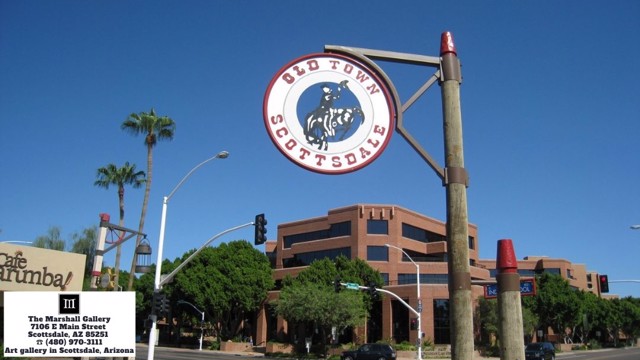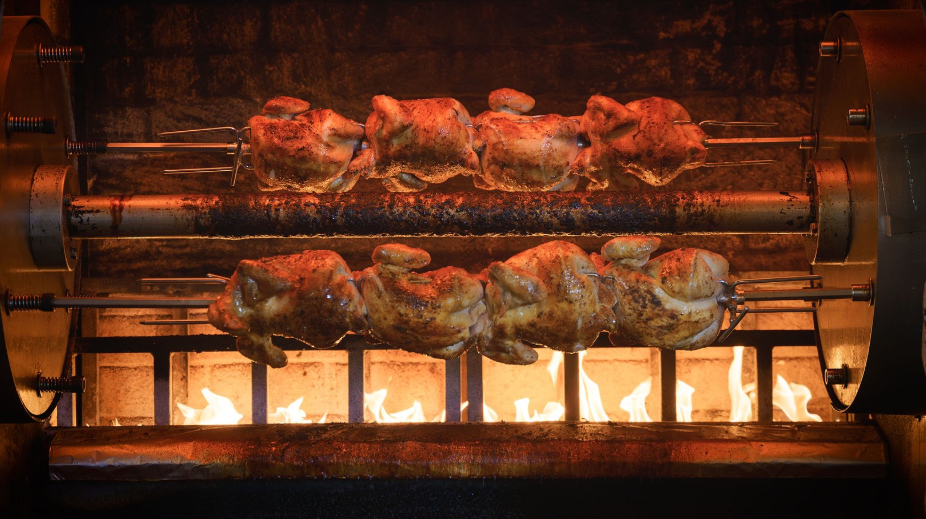Embarking on the journey of home ownership is an exciting adventure, but it can also seem a tad overwhelming, especially when it comes to understanding mortgages. This guide is tailored for you, the beginner, navigating through the maze of mortgage options and processes. It’s like taking a friendly stroll through the neighborhood, where we’ll unwrap the mysteries of mortgages together, ensuring you’re equipped with the knowledge to confidently move toward buying your dream home.
Mortgages are essentially loans designed specifically for buying real estate. The concept might seem daunting at first, but at its core, a mortgage is quite straightforward. You borrow money from a lender to purchase a home, and the home itself serves as collateral. This means if you’re unable to keep up with your payments, the lender could take possession of the property. Essentially, a mortgage is your path to homeownership, provided you stick to the agreed repayment plan.
Mortgages comprise several components: the principal amount, which is the original sum borrowed; interest, which is the cost of borrowing that money; along with property taxes, homeowner’s insurance, and possibly private mortgage insurance (PMI) if your down payment is less than 20% of the home’s value. These elements combine to form your monthly mortgage payment, ensuring you’re covering all necessary bases to keep your home.

- A visual representation of a mortgage: investing in your future home. Source: moneyunder30.com
There’s no one-size-fits-all when it comes to mortgages. You might encounter terms like fixed-rate, adjustable-rate (ARM), conventional, FHA, and VA loans during your research. Fixed-rate mortgages offer the security of the same interest rate for the life of your loan, making budgeting easier. Adjustable-rate mortgages, however, can fluctuate, potentially affecting your monthly payments. Understanding the difference is crucial in choosing the option that best fits your financial strategy and homeownership goals.
Deciding between a conventional loan or government-assisted options like FHA and VA loans can also make a significant difference, especially for first-time buyers or those with less than perfect credit. Conventional loans are not backed by the government and typically require a higher down payment. In contrast, FHA and VA loans offer more flexible qualifying criteria and lower down payment requirements, making homeownership more accessible for many Americans.
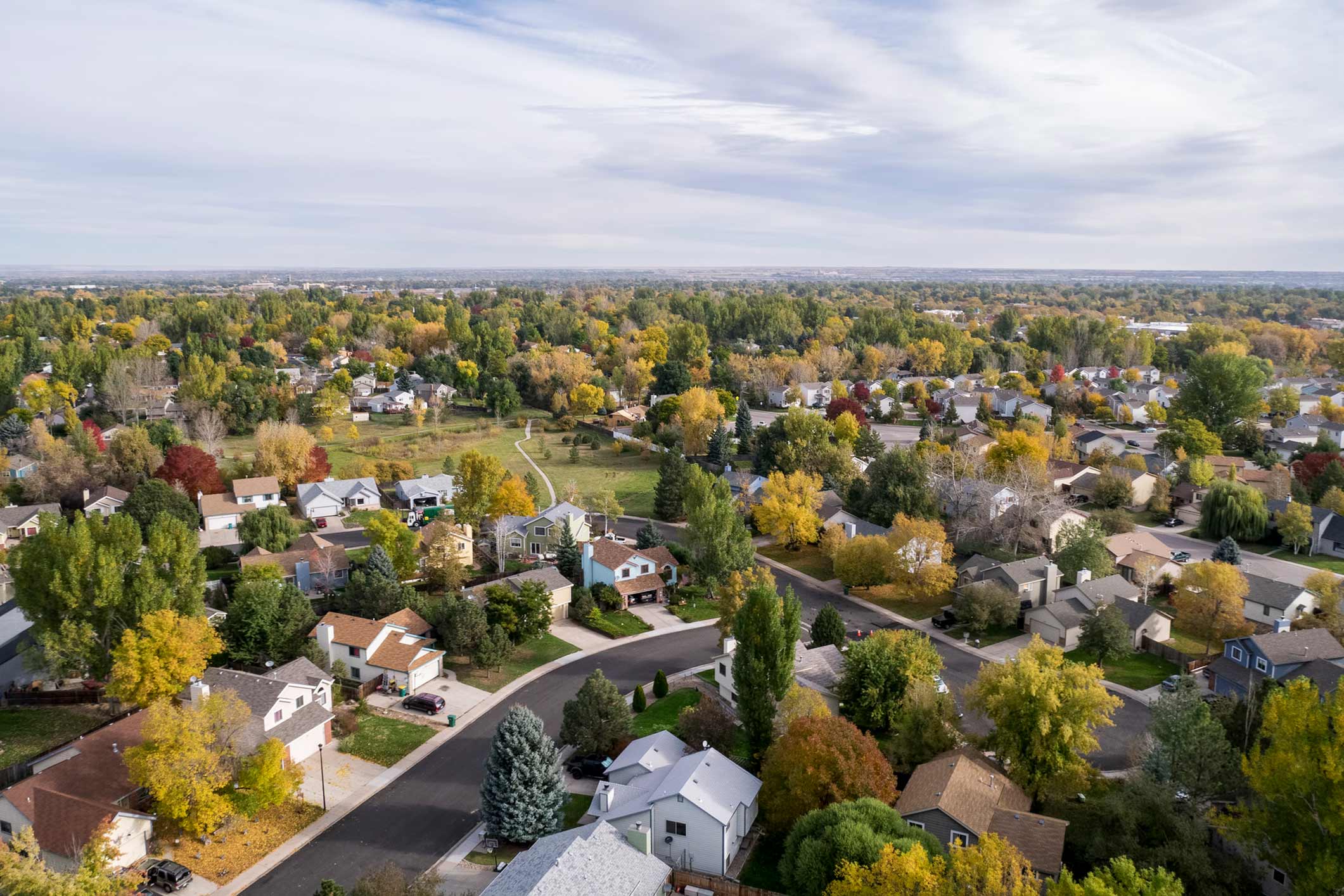
- Understanding the variety: A guide to mortgage types. Source: yourhome.fanniemae.com
Before you start your house hunt in earnest, it’s wise to understand your mortgage options. Pre-qualification and pre-approval are two stages that can give you an idea of how much you can borrow. Pre-qualification is a preliminary step, giving you an estimate based on your financial information without a deep dive into your credit. Pre-approval, on the other hand, requires a more comprehensive review of your finances and gives sellers confidence that you’re a serious and capable buyer.
Starting the pre-approval process involves checking your credit score, reviewing your financial situation, and determining your budget. It’s a crucial step in the home buying journey, as it clearly outlines what you can afford and helps streamline your house search, making you a more attractive buyer to sellers.
- <img src=”https://centralscottsdaleaz.townsites.org/wp-content/uploads/sites/255/2024/05/664b5eb71b690.jpeg” alt=”Prepare and plan: The role of a mortgage calculator in home buying.” data-type=”search”>
- Prepare and plan: The role of a mortgage calculator in home buying. Source: yourhome.fanniemae.com
Understanding and planning for your down payment, mortgage points, and closing costs are the final steps before you can call a house your home. While traditional wisdom suggests a 20% down payment, many programs allow for much less, though this may mean you’ll need to pay PMI until you’ve reached 20% equity. Mortgage points, or buying down your rate, can save you money over time if you plan to stay in your home for the long haul. Lastly, closing costs cover the fees and expenses to finalize your mortgage, typically ranging from 2% to 5% of the loan amount.
To wrap up your mortgage journey, shopping around for the best rates and terms can save you thousands over the life of your loan. Don’t hesitate to compare offers from different lenders, and remember, the more informed you are, the smoother your path to homeownership will be. Welcome to the neighborhood!


